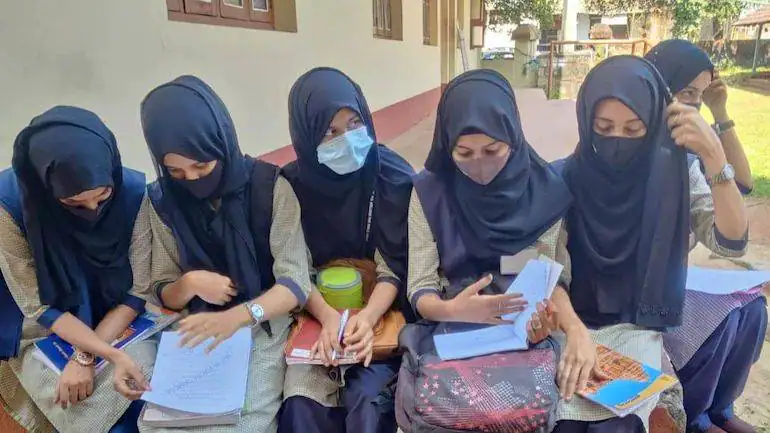Free Courses Sale ends Soon, Get It Now


Free Courses Sale ends Soon, Get It Now



Copyright infringement not intended
Context - Controversy erupted over guidelines released by an Army-run school in Jammu and Kashmir, asking the teachers to “avoid hijab during school hours”.
Details
Constitutional Articles related to Freedom of Religion
The argument in Support of the Hijab Ban
The argument against Hijab Ban
Concerns
Way forward
© 2024 iasgyan. All right reserved